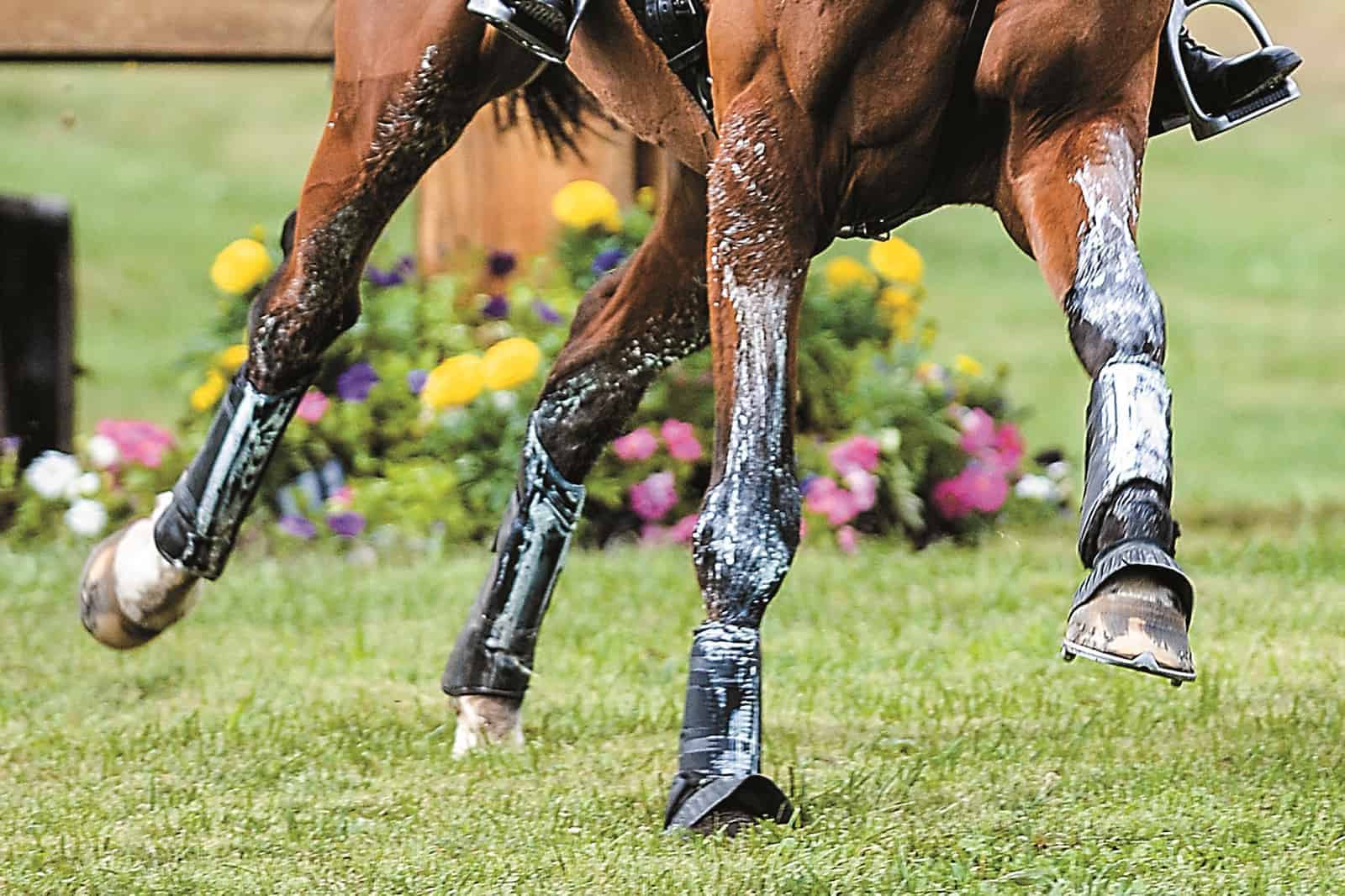Studs: Boosting Horses’ Traction in Sporting Events

Horses’ hooves are naturally designed to provide traction on a variety of surfaces. After all, the cougar looking for dinner doesn’t care whether the ground is muddy, the surface is as hard as a rock, or the incline is steep and sandy—horses need to get away from danger in any circumstance, after all.
There are some scenarios for domestic horses, however, in which extra traction is helpful: fox-hunting in snowy conditions, making a tight and quick turn on a jump course, or galloping downhill on a cross-country course, like world-class horses and riders will do on Saturday during the 2019 CCI5*-L Land Rover Kentucky Three-Day Event, presented by Mars Equestrian. In these situations, riders often use studs—small pieces of metal that screw into the bottom of drilled and tapped horse shoes—to help their mounts keep their footing in hopes of preventing slip- or fall-related injuries.
Though studs might be small in size, they require substantial knowledge for proper use. Used incorrectly, they could result in equine, and even human, injury. So, we consulted a veterinarian and a farrier for tips on using studs and the risks that could accompany them
Create a free account with TheHorse.com to view this content.
TheHorse.com is home to thousands of free articles about horse health care. In order to access some of our exclusive free content, you must be signed into TheHorse.com.
Start your free account today!
Already have an account?
and continue reading.

Written by:
Erica Larson
Related Articles
Stay on top of the most recent Horse Health news with












